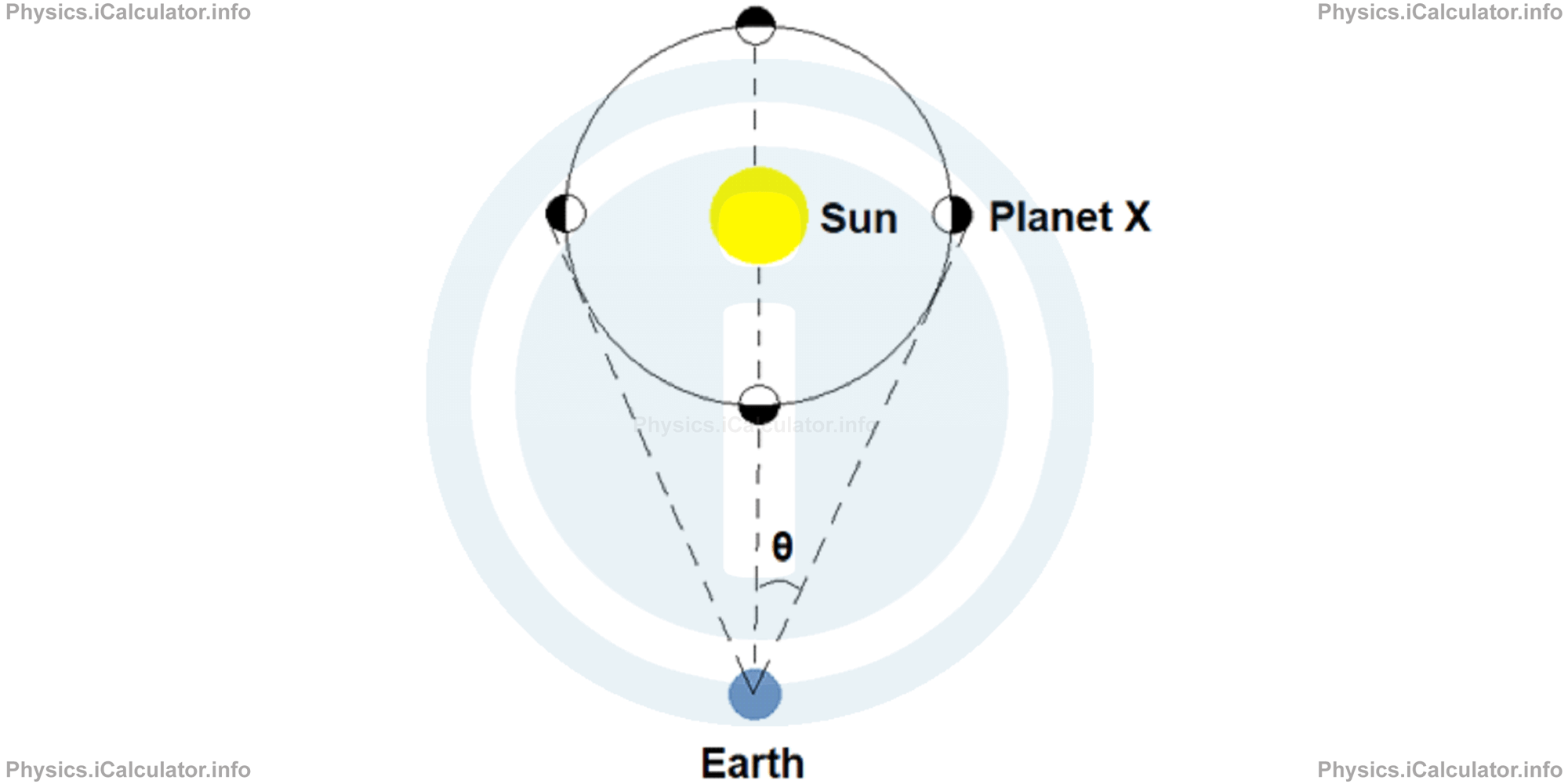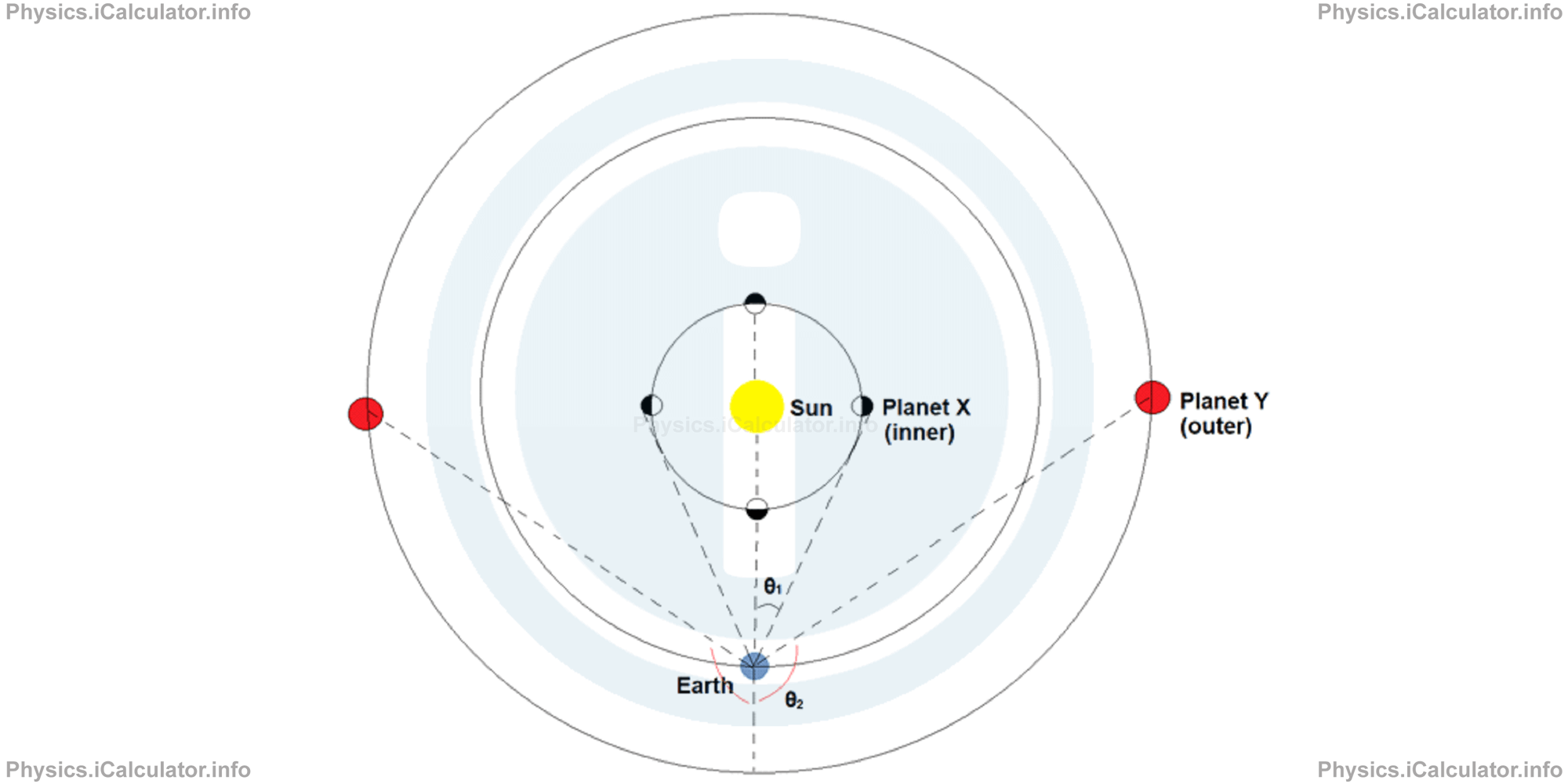Menu
Physics Lesson 22.2.6 - Observation of Planetary Motion from Earth
Please provide a rating, it takes seconds and helps us to keep this resource free for all to use
Welcome to our Physics lesson on Observation of Planetary Motion from Earth, this is the sixth lesson of our suite of physics lessons covering the topic of Sun and Planetary Motion, you can find links to the other lessons within this tutorial and access additional physics learning resources below this lesson.
Observation of Planetary Motion from Earth
Since all planetary orbits are nearly at the same plane when observed from Earth we can assess that the planets are aligned in a unique arc in space. The plane containing this arc is known as ecliptic plane and it divides the sky in two parts. More specifically, the ecliptic plane is defined as the imaginary plane containing the Earth's orbit around the sun. If we consider the consider only the imaginary line that connects the centre of Sun, Earth and all the other planets of they are all aligned, it is called ecliptics. Obviously, planets are in ceaseless motion even when considered from ecliptic plane viewpoint. The only restriction is that they are seen only at certain parts of the day, when they are found inside the maximum observation angle θ from the Sun as illustrated in the figure below.

Since Mercury and Venus are the only planets inside the Earth's orbit (they are closer to the Sun and their orbit is smaller than the Earth's orbit), they are called inner planets. All the other planets, from Mars to Neptune are called outer planets since their orbits include that of Earth.
The observation angle θ for Mercury is 23° and for Venus it is 47°. Let's clarify what this mean through an example.
Example 2
How many hours a day and at what point can we see Mercury and Venus in the sky?
Solution 2
Given that a complete angle is 360°, this means that Mercury can be observed only 23/360 of the day in the sky while Venus can be observed only 47/360 of the day. When these parts are expressed in hours, we obtain
and
Hence, since this situation is repeated in both sides of the line that connects Earth, the other planet and the Sun, we can see Mercury in the sky twice a day for a maximum duration of about 1.5 h each time (one before sunrise and the other after sunset). For Venus, this duration is a little more than 3 hours each time. We can see Venus (the "morning star") twice a day for 3.13 hours before sunrise and after sunset.
The outer planets can be observed in the sky as well. They can be seen in angles θ2 varying from 0 to 180° on the other side of (away from) the Sun. Obviously, they are observable only during the night as they are in the opposite direction to the Sun. This is illustrated in the image below.

It is evident that the Sun lies on ecliptics and it moves only on it. This motion is the opposite of that of Earth in respect to the Sun (action-reaction principle). Therefore, the duration of this process is 365.2422 days too. Hence, since we observe the Sun moving from East to West, the Sun motion in ecliptics occurs from West to East, as we will see later.
The days of week (in Latin language) are named after the seven celestial bodies known in ancient times: Monday comes from Moon, Tuesday from Mars, Wednesday from Mercury, Thursday from Jupiter, Friday from Venus, Saturday from Saturn and Sunday from Sun.
You have reached the end of Physics lesson 22.2.6 Observation of Planetary Motion from Earth. There are 10 lessons in this physics tutorial covering Sun and Planetary Motion, you can access all the lessons from this tutorial below.
More Sun and Planetary Motion Lessons and Learning Resources
Whats next?
Enjoy the "Observation of Planetary Motion from Earth" physics lesson? People who liked the "Sun and Planetary Motion lesson found the following resources useful:
- Observation Feedback. Helps other - Leave a rating for this observation (see below)
- Cosmology Physics tutorial: Sun and Planetary Motion. Read the Sun and Planetary Motion physics tutorial and build your physics knowledge of Cosmology
- Cosmology Revision Notes: Sun and Planetary Motion. Print the notes so you can revise the key points covered in the physics tutorial for Sun and Planetary Motion
- Cosmology Practice Questions: Sun and Planetary Motion. Test and improve your knowledge of Sun and Planetary Motion with example questins and answers
- Check your calculations for Cosmology questions with our excellent Cosmology calculators which contain full equations and calculations clearly displayed line by line. See the Cosmology Calculators by iCalculator™ below.
- Continuing learning cosmology - read our next physics tutorial: The Moon's Movement. Eclipses. Calendars
Help others Learning Physics just like you
Please provide a rating, it takes seconds and helps us to keep this resource free for all to use
We hope you found this Physics lesson "Sun and Planetary Motion" useful. If you did it would be great if you could spare the time to rate this physics lesson (simply click on the number of stars that match your assessment of this physics learning aide) and/or share on social media, this helps us identify popular tutorials and calculators and expand our free learning resources to support our users around the world have free access to expand their knowledge of physics and other disciplines.